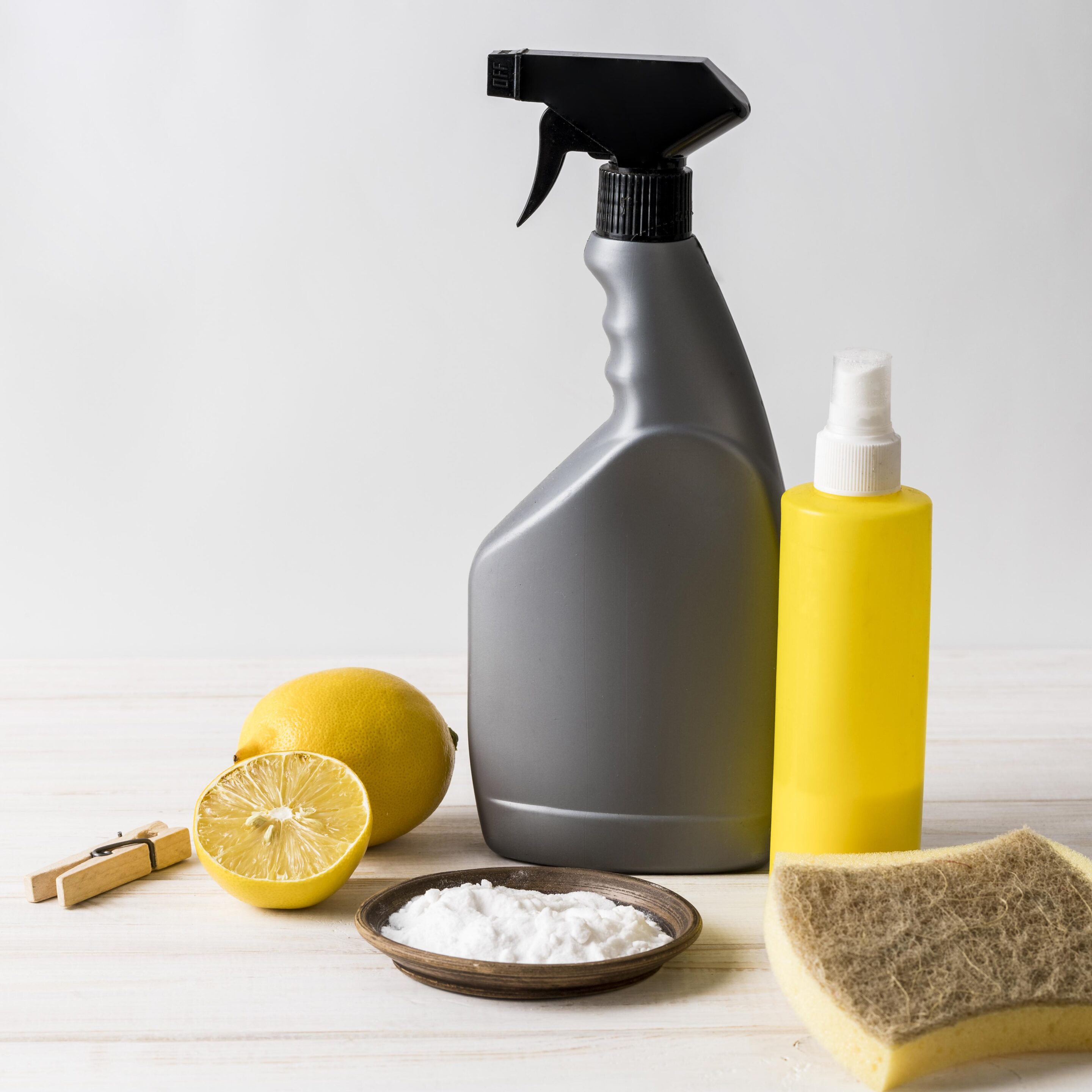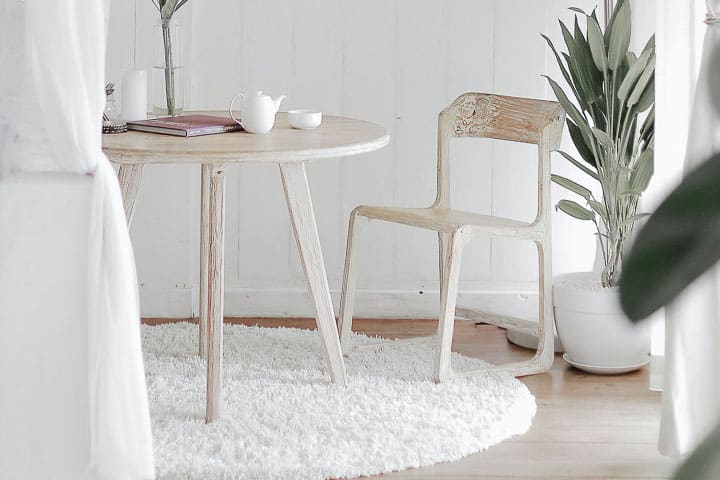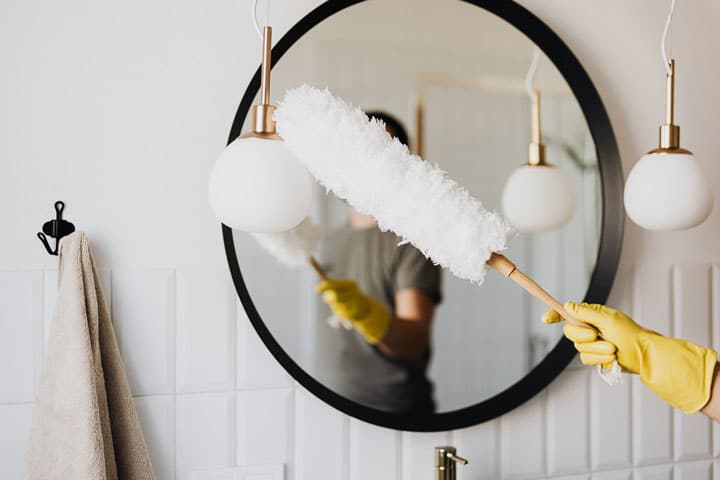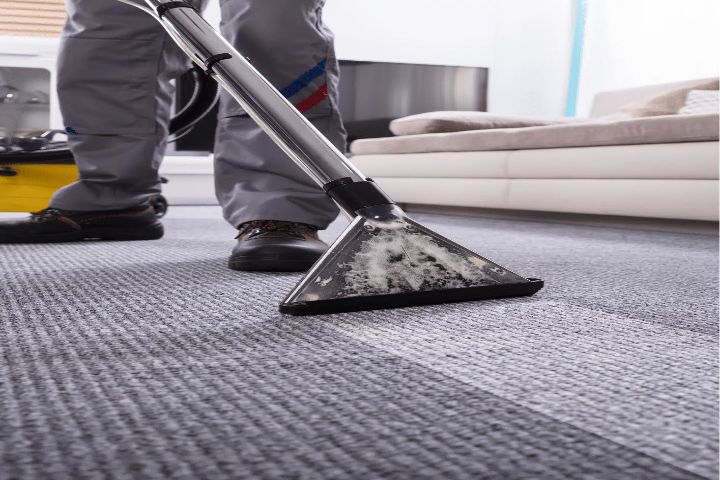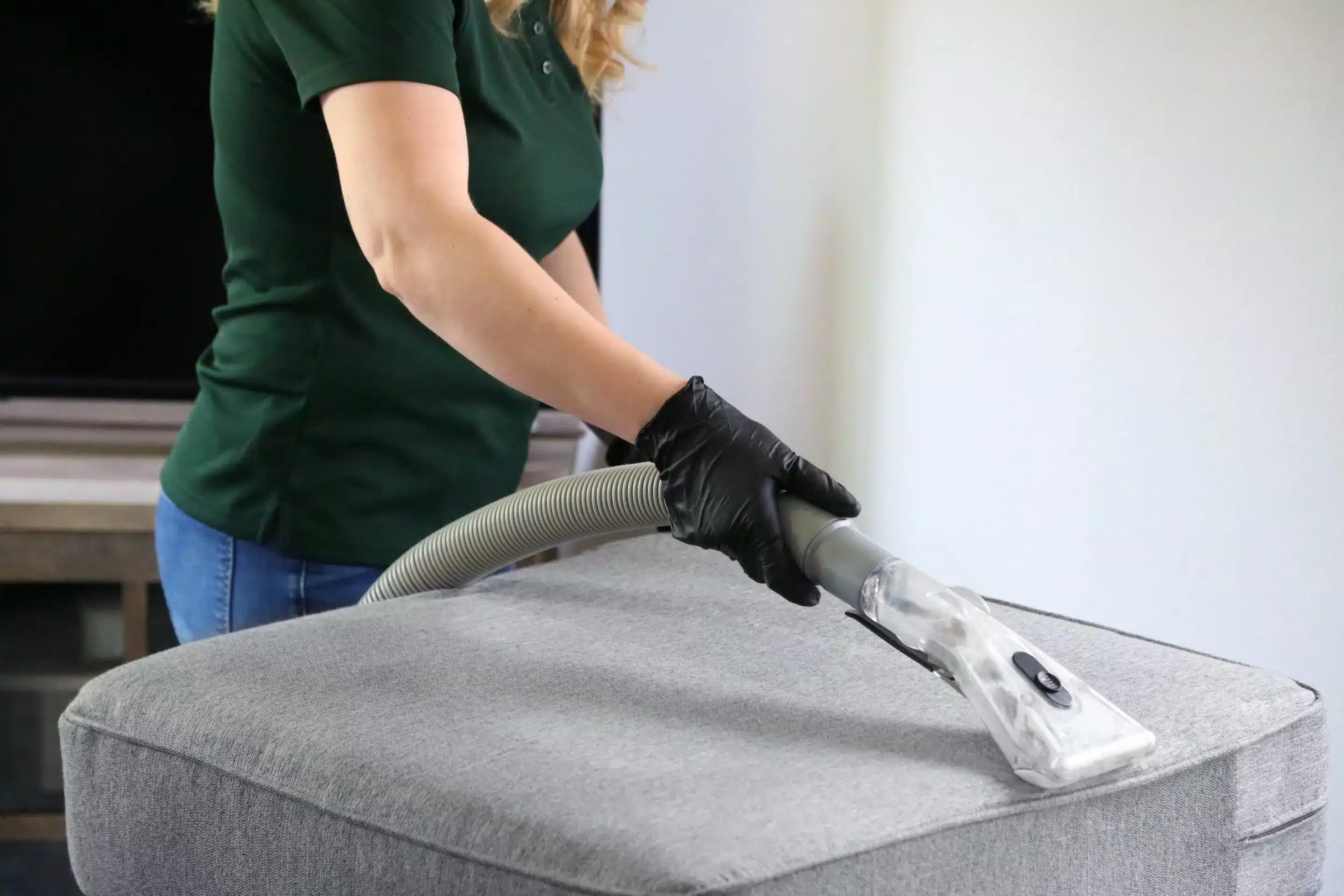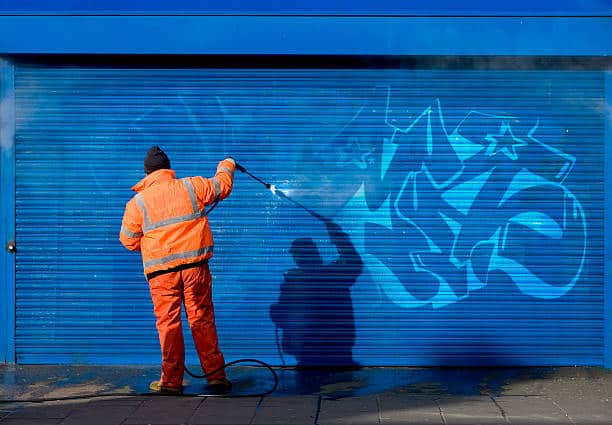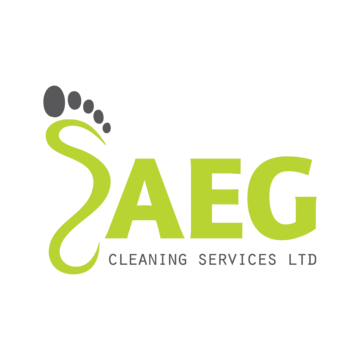Marble surfaces exude timeless beauty and elegance, adding a touch of sophistication to any space they adorn. However, maintaining their pristine appearance requires proper care and attention. In this guide, brought to you by AEG Cleaning Service, we delve into essential tips and techniques that will help you to look after marble surfaces. Whether it’s a luxurious countertop or a stunning floor, our expert insights will empower you to enjoy the splendor of marble for years to come.
No matter how strict you are with your cleaning regime, whether that’s at home or at your place of business, dirt, dust and grime will eventually build up… which is where an incredibly thorough deep clean once every three to six months really comes into its own, allowing you to really tackle those nooks and crannies that you might miss with more surface-level cleaning.
Something you might well start to notice around your fixtures and fittings in the bathroom and kitchen, as well as any other areas where water is a prominent feature, is the dreaded limescale.
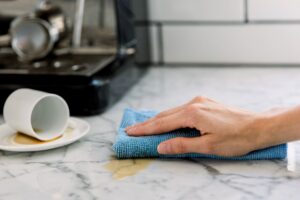
This is a hard, chalky substance that appears when hard water evaporates, made up of calcium and magnesium. Typically, it’s most often found in your kettle and on your taps and showerheads, but you may also find it (if you look hard enough) inside your pipe system and in your washing machine and dishwasher, as well as in your radiators.
Over time, it can build up and collect, leaving nasty stains and marks which can be very difficult to get rid of, so prevention is generally better than cure in this particular instance.
If it’s left to its own devices, limescale can cause potential issues for your property, leading to blocked boilers and radiators and cracked pipes, so it’s certainly worth trying to keep on top of it if you can.
Something else to note is that your water flow can also be potentially restricted if limescale is allowed to build up, making it less efficient to use the taps, shower and bath.
That being said, it’s not bad for your health and you won’t be putting yourself at risk if you do run water through limescale. It can potentially dry out your skin but this is the most damage that it can do.
How to get rid of limescale
Following a robust cleaning schedule and really tackling those hard-to-reach areas can make a huge difference where limescale is concerned, but even the most rigorous of cleaners can still miss spots from time to time.
If you have started to see signs of limescale buildup, you can try using a mixture of white vinegar and warm water in equal measures to see if this removes it.
It may be that you only need to give it a simple wipe over with your solution to solve the problem, but if it stubbornly persists, try lying the cloth over the affected area for a time and then wipe it over again. Picking at the limescale is not generally advised, as this can cause damage to fixtures and fittings if you’re not careful.
If you’ve got an issue with hard-to-clean limescale and think you need a bit of help, get in touch with the AEG Cleaning team today to discuss house cleaning in Canary Wharf. We can help your property be limescale-free once again… and ensure that it stays that way.
If you want to avail this service and other services like carpet cleaning, upholstery cleaning, home cleaning, landlords & Airbnb, and office cleaning. You can book with us now!

